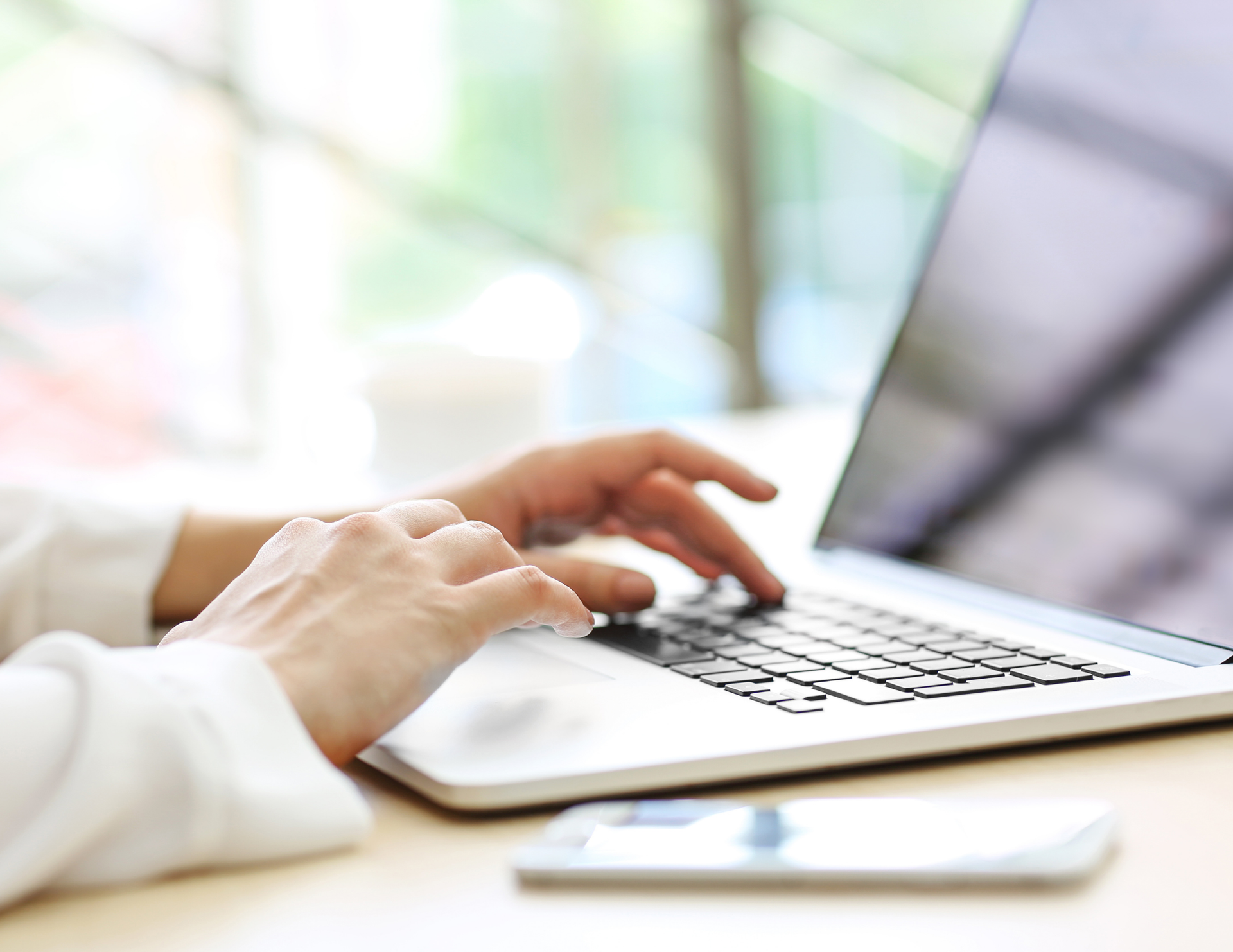Adapting to the Cozy Web: Navigating the Evolution of Private Digital Spaces
In the ever-evolving landscape of digital culture, brands are facing a paradigm shift as Gen Z and other users increasingly retreat to ad-free, closed-off group chats, and private online communities. The days of traditional social media seem to be waning, replaced by a more private and intimate digital experience.
The Rise of Private Digital Spaces
The “cozy web” phenomenon refers to the trend of social media users joining more relaxed and community-oriented closed digital spaces. Recent research indicates a global trend where daily time spent on social media has
plateaued, with only marginal growth observed in the U.S. This decline in overall social media usage is counteracted by platforms like WhatsApp, which continue to experience growth in monthly active users. Even in mainstream social media apps like TikTok and Instagram, users are creating direct message group chats to share content with friends instead of posting it on their public profiles. The rise of private online spaces can be seen as a response to concerns about privacy and information overload, providing users with more intimate and authentic interactions away from the commercialized landscape of mainstream social media. The emphasis on platforms like WhatsApp underscores the growing importance of security and control in users' digital experiences, challenging advertisers’ ability to purchase attention in these private realms. It remains to be seen how this trend will shape the future landscape of social media.
Adapting to the Cozy Web
Marketers are shifting their strategies to find ways into these new niche communities created by users. The shifting landscape is particularly influenced by Gen Z's inclination towards
two-way communication, as they gravitate towards group chats and direct messages instead of traditional social media feeds. This shift underscores the significance of marketers maintaining a one-to-one mentality in their advertising and social content strategies. Social platforms like Instagram have started to roll out features that allow for enclosed spaces. 'Close friend' stories, 'flipside' and ‘notes’ enable users to post more directly to smaller, select groups of friends.
Brands Taking the Plunge
Early adopters in recognizing the trend of users migrating towards private online spaces include brands such as Wendy's and Otis. These forward-thinking companies proactively established a presence on platforms like Discord to foster organic engagement with users, acknowledging the changing landscape of digital interactions. However, the shift towards closed communities raises concerns about the feasibility of effectively tracking and measuring key performance indicators (KPIs). The commitment to either creating or engaging in closed communities demands careful consideration and strategic investment, as marketers grapple with the evolving dynamics of digital communication.
Echoes of the Past: Building Brand-Friendly Spaces
The ongoing transformation in online communication evokes a sense of nostalgia for the early 2000s, notably seen in the focus on communities and groups reminiscent of Facebook's early days. Brands are actively exploring the concept of creating their own brand-friendly online spaces or capitalizing on pre-existing ad-supported communities. In terms of future-proofing strategies, some agency executives propose that the key may not lie in infiltrating closed spaces, but rather in constructing brand-friendly communities or engaging with ad-supported platforms such as
Fortnite, Roblox, and the expanding metaverse.
Adapting to the Future
As the digital landscape continues to evolve, brands face the challenge of adapting to changing user behaviors and preferences. Whether it's creating brand-friendly spaces or engaging in existing ad-supported communities, the key lies in understanding the dynamics of the cozy web and making informed decisions to stay relevant in the ever-shifting digital culture.
Position your business for the future of marketing – contact SparkShoppe today!


























